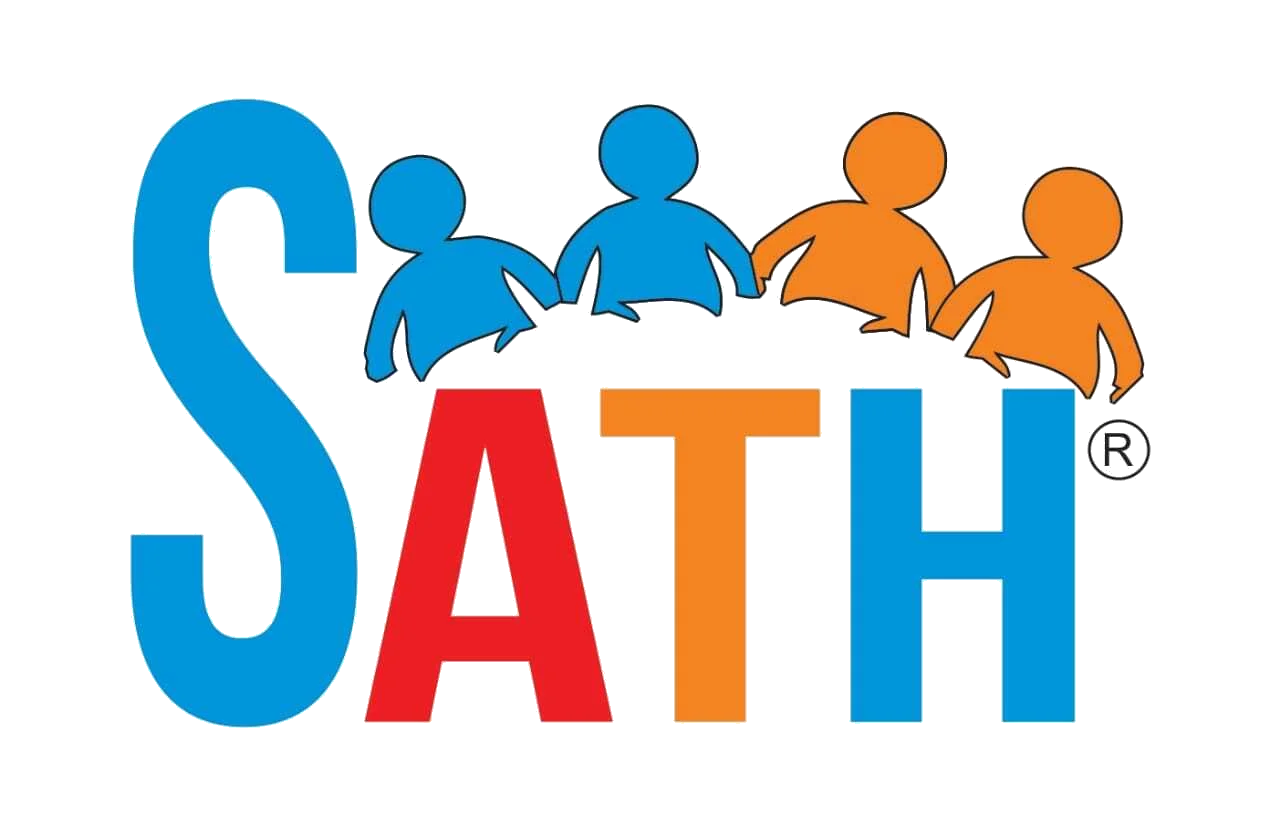Quis autem velum iure reprehe nderit. Lorem ipsum dolor sit nulla or narjusto laoreet onse ctetur adipisci.

SATH
Vision:
Empower underprivileged children to build a nation on the foundations of happiness, justice, and equality for everyone.
Mission:
Extend equitable access to a secure living environment, quality education, healthcare, basic amenities, and social development to neglected and underprivileged children. Develop sustainable systems to prevent abuse of the deprived children, ensure their rights, facilitate their holistic growth, and equip them to achieve their highest potential.
Strategy
- To provide comprehensive care in the voluntary and open homes set up in the functional schools thereby ensuring child rights.
- Partnering with the government & sensitizing them to make them accountable.
- Empowering children to actively participate in their development and take charge of their lives.
- Ensuring partnership with the family and civil society to contribute to the reintegration of the children into society.
- Bringing children together from diverse socio-economic backgrounds.
- To harness human resources from being the victims of trafficking by recognizing their potential.
- To offer equal opportunity for education and contribute to their holistic development.
- Building up their self-esteem/confidence and prepare them to handle life challenges.
- Eradicate poverty from the society.
Location(s)
Demographic Reach: Underprivileged children from the slum communities across Bengaluru
Geographic coverage for the Bridge Project: Kowdenahalli, Muneswara Nagar
Government schools: 20 schools across Bangalore South Zone 4.
Project updates
SATH, with the help of Wipro funds, has established two bridge schools at Kowdenahalli and Muneswara Nagar reaching out to 64 children in total and supported by 5 team members. The organization has conducted workshops, counselling sessions, and events to help enrol children in the bridge schools with the support of their parents.
Educational and behavioural training are provided to children to make them ready for the formal school setup and to imbibe the value of education. The CSO also tries to increase their interest in learning through games, music, and arts and crafts. Along with an educational syllabus, cleanliness and behavioral training are also provided.
Learnings
- Leaders have always been the champions and act as role models.
- Training for the teachers on the usage of technology platforms for digital teaching as the current situation demands.
- Training programs for the teachers through qualified internal staff
- Defined roles and responsibilities for applying and sharing the acquired knowledge.
- Measurement of the results is important.
- Collaboration with the Education Department will enhance the learning capabilities.
Challenges
- Funding support coverage – Require coverage of funds for infrastructure, and admin-related costs.
- Transportation/Minibus arrangement for the children to commute from their homes; Hence had to offer services inside the slum community, offering infrastructure-based constraints.
- Convincing the parents to send the children to school & stability in the student’s attendance.
- Kindergarten facility for children below five years of age so that the older siblings can be attentive in their classes.
- Unable to continue the afterschool programs in 20 government schools due to lack of funds and support.
Plans for the next 1-3 years
- Increase the Bridge centres from two to five.
- Increase the outreach for children enrolment at Bridge centres and Government schools following the basic education at the bridge centres.
- Increase the Teaching staff and Co-ordinators for better management of the centres.
- Setup of drinking water and toilet facilities at the bridge centres.
- Setup of kindergarten facility at the bridge centres. Extension of the afterschool program to rural areas.

